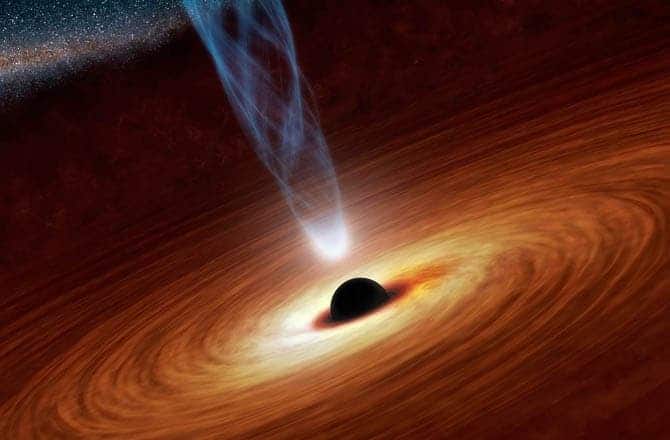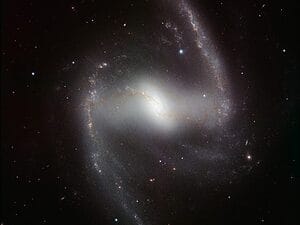
Astronomers have made the first accurate measurement of a supermassive black hole’s spin, providing new insights that might help scientists probe the mysteries the surround them.
Supermassive black holes have an incredibly huge gravitational pull that doesn’t let anything in its surroundings escape its hungry maw, be it dust, rock or even light. Some are as massive as 10 billion times the mass of the Sun; typically most galaxies have a supermassive black hole residing at their center, including own Milky Way galaxy.
“It’s the first time that we can really say that black holes are spinning,” study co-author Fiona Harrison, of Caltech in Pasadena said. “The promise that this holds for being able to understand how black holes grow is, I think, the major implication.”
Previous studies have hinted towards the idea that supermassive black holes spin very fast, but until recently no evidence has been found to support these claims. Astronomers using uSTAR‘s super-sensitive measurements of high-energy X-rays have now for the first demonstrated that supermassive black holes spin, and quite fast too.

The X-ray instrument was directed to peer into the guts of the NGC 1365 galaxy, located about 56 million light-years from Earth in the constellation Fornax, where a huge black hole lies at its center. Like most supermassive black holes, it forms an accretion disk of matter around it that funnels gas and dust. The motion of this accretion disk can tracked by telescopes that analyze the high-energy light emitted by iron atoms, emissions that are highly distorted.
“We selected (NGC 1365) because it is bright in X-rays, and previous observations with less powerful satellites suggested that this could be a good candidate for such a study,” said astronomer Guido Risaliti, of the Harvard-Smithsonian Center for Astrophysics, Cambridge, Mass., and the Italian National Institute for Astrophysics, and lead author of research published in the journal Nature.
Spinning right round
To explain this behavior, scientists have hypothesized that either the black hole is spinning very fast, or a cloud of dust lying between the telescope and the black hole is obstructing observation. Using the uSTAR telescope, launched in 2012, astronomers zeroed in on high-energy X-rays emitted by the black hole at NGC 1365 and found the purported gas clouds would have to be incredibly thick to cause these levels of distortions. So thick as to make the idea extremely unlikely. This means that the black hole’s spin the cause.
“To shine through these thick clouds, the black hole would have to be so bright it would basically blow itself apart,” Harrison said.
Based on these measurements, the astronomers assert that this gigantic black hole is spinning at about 84% of the speed that Einstein’s general theory of relativity will allow.
“What excites me is the fact that we are able to do this for the very massive black holes at the centers of galaxies but we can also make the same measurement for black holes in our galaxy … black holes that resulted from the explosion of a star … The fact we can extend this from billions of solar masses to 10 solar masses is pretty cool,” Harrison concluded.
via Discovery News






